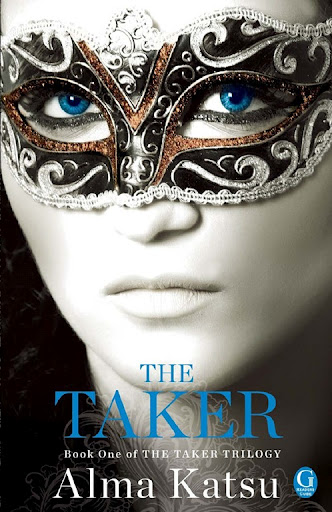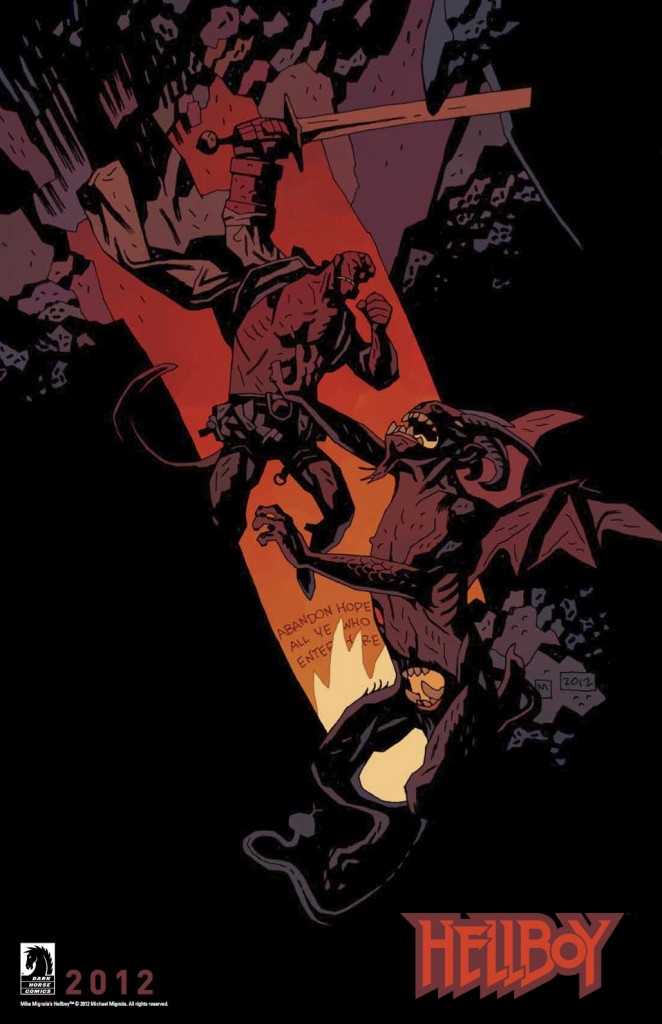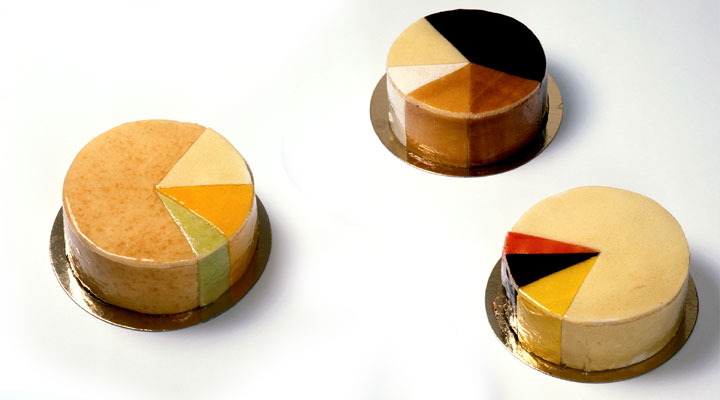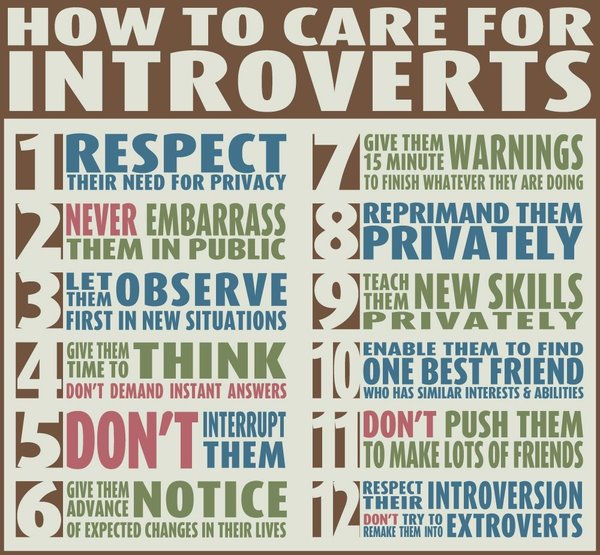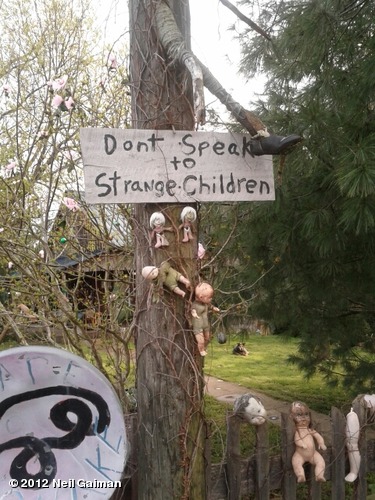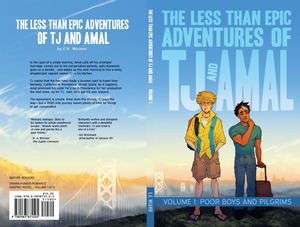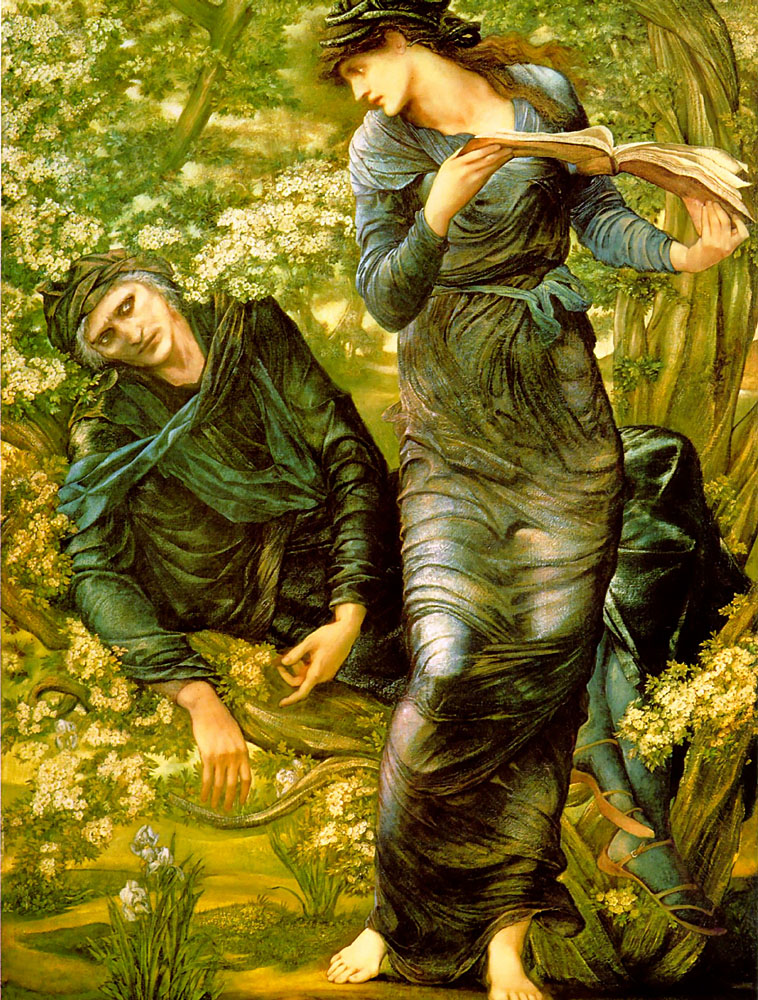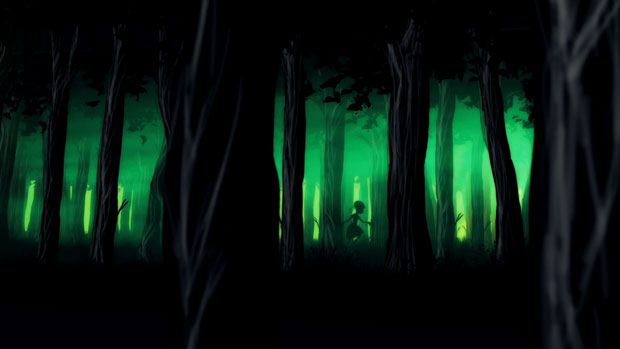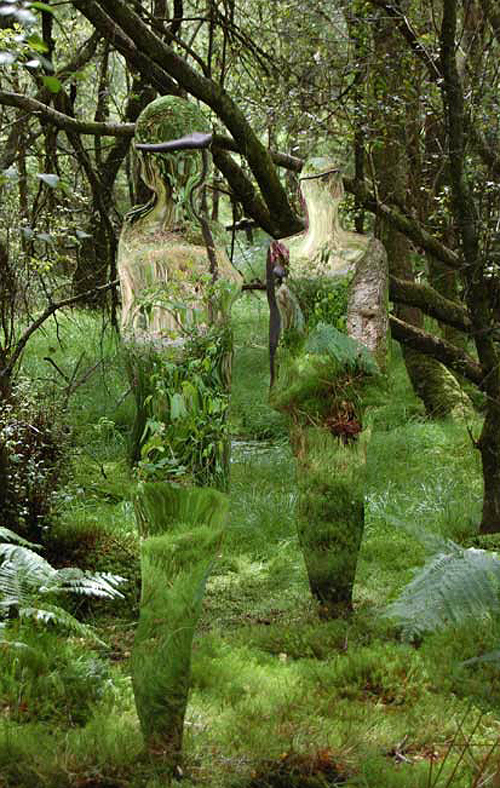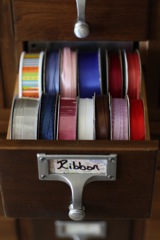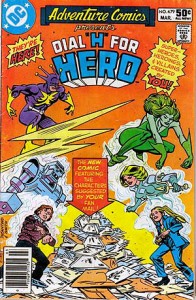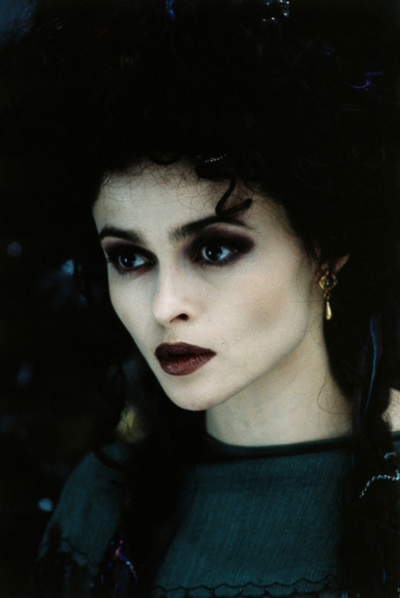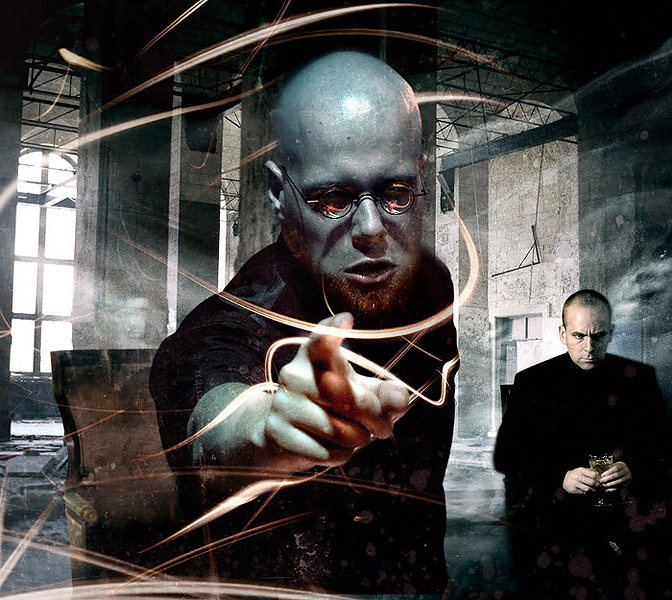 Here are some shiny things that caught my eye recently:
Here are some shiny things that caught my eye recently:
♦ Allow me to begin this post extolling the magnificent merits of the Cadbury Creme Egg. My devotion to Peeps is one thing, but the sublimity of the Cadbury Egg is another. Is it the cream center I love? The chocolate? The serious sugar high? Why, yes, yes, and yes. But perhaps more than the eating of a Cadbury Egg, I love its form, its concept: an edible trompe l’oeil, a mimicry in sugar. Look at the image below: the chocolate shell (thicker, its true, than any hen’s egg’s shell), the interior fondant colored to look like both yolk and white. Is there any springtime candy more lovely in its design?
Check out xkcd’s thoughts on the Cadbury Egg, which made me laugh out loud.
♦ I always wondered why I’m instantly intrigued by books titled The ___________’s Daughter. Probably because there’s like a gazillion of them? Emily St. John Mandel did some research into the trend, which is well worth reading. I found this bit particularly interesting:
Perhaps, then, there’s something about the rhythm and construction of these titles that aids memory, which means that naming your book The ___’s Daughter is a very sensible thing to do. Perhaps the construction is so familiar that the average reader, having seen dozens or even hundreds of these titles, only really has to remember one word; perhaps at a certain point the mind plugs in The and Daughter automatically.
♦ Book Nook.
Great interview with book sculptor Brian Dettmer over at BookRiot.
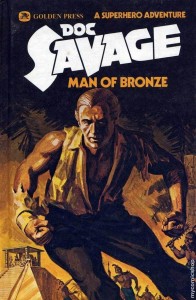 The always illuminating Jess Nevins has a great article about the first transhumans, or why Doc Savage lost his superpowers. By the time I was reading Doc Savage, repackaged by Golden Press into a YA series in the mid-70s, he was still smart and strong and bronze, but these were reprints, so pre-unsuperpowering, I guess. I read Doc Savage, Man of Bronze so many times that the book block came free from the spine!
The always illuminating Jess Nevins has a great article about the first transhumans, or why Doc Savage lost his superpowers. By the time I was reading Doc Savage, repackaged by Golden Press into a YA series in the mid-70s, he was still smart and strong and bronze, but these were reprints, so pre-unsuperpowering, I guess. I read Doc Savage, Man of Bronze so many times that the book block came free from the spine!
I’m partial to masks, so of course I really like the cover of the paperback version of Alma Katsu‘s The Taker. I find the minimal use of color appealing, that bright blue and the copper. The cover was designed by Lisa Litwack and photographed by Mohamad Itami.
Ursula K. Le Guin talks about the death of the book by the e-book and—thankfully, refreshingly, and unsurprisingly—she has very clear and thoughtful things to say about it. Madolyn had asked me not too long ago what I thought all this e-reader business, and here’s what I wrote in response, for those who might also be curious:
I’m of two minds about e-books/e-readers myself. On the one hand, I can see how practical e-readers are for a lot of people, like my mother, who loves to read but who also can’t hold up big, heavy hardbacks comfortably, and the ability to increase the size of the letters is really good for her. Or for people who travel a lot, since they can bring so many more books with them loaded onto an e-reader than they could comfortably carry in their suitcases. On the other hand, I don’t foresee myself getting an e-reader any time soon. I like holding books in my hands while I read, the heft of the book in my hand and the feel of the paper beneath my fingertips (and, of course, the smell!). Plus, I like the way books look—the covers, the typeface, the design of the pages. And since I have an addiction to collecting books because I also love books as objects, I’m just not willing to give them up or personally entertain new technology—not yet, anyway, and not as along as I can hold out.
The Palencar Project, March 28th: “The Sigma Structure Symphony” by Gregory Benford.
The New York Times ran a Room for Debate feature about the Power of Young Adult Fiction, featuring commentary from Lev Grossman, Sharon G. Flake, Patricia McCormick, and others. One of those others is Joel Stein, who—in a weak rhetorical strategy—dismissed the entire YA genre as appropriate reading for adults while at the same time admitting he hasn’t read in that genre. Honestly, who could take that argument seriously?
Hot damn—I’m so ready for Hellboy in Hell I just about can’t stand it! Via.
♦ If you’d like a pie chart for cakes so you could know just what’s inside it before indulging (frosting hides not only a multitude of sins but also contents), check out io9’s article on artist Marti Guixé and then visit Guixé‘s site for more rational eating. Now I feel like stuffing my face with cake.
♦ Does solitude enhance creativity? Keith Sawyer doesn’t think so. He responds to Susan Cain (I posted her TEDTalk video on Friday) and pretty much debunks her comments against the “new groupthink.” I’m not defending Cain, since I haven’t read her book, but I think—in the TEDTalk, at least—she’s pretty clear that collaboration is not antithetical to creativity. My take-away was that some people need both solitude and community for creativity, particularly introverts.
♦ Speaking of introverts, I posted this list of How to Care for Introverts on Facebook, but in case you didn’t see it there, I’m reposting here. All of these guidelines fit me, pretty much, especially numbers 1, 3, 4, and 6. Thanks to Will Ludwigsen for the link!
♦ Neil Gaiman posted this picture on his tumblr, taken along his drive home through Tennessee and Kentucky. It’s good advice, no matter where you are.
♦ Writers’ Corner.
If you’re contemplating an author’s website, you might want to check out Thomas Umstattd, Jr.’s list of the five most common author website mistakes at literary agent Rachelle Gardner’s blog. Umstattd, the CEO of Author Media, recommends hiring
a company to build you a WordPress website. A template-driven WordPress site usually costs less than $1000 and will look professional and be easy for you to update. WordPress is also easy to search-engine optimize and can look very sharp. You can also get WordPress custom-designed for as low as $1500. [I’m pretty happy with my set up, which is a WordPress website template via my domain host, BlueHost—not a commercial, just some information. I’m not sure how vital it is to have a bells-and-whistles website, but then I’m a different kind of internet user, I guess.]
Looking for motivational quotes for writers? Inkpunks has some. Here are a few of my favorites:
“We are cups, constantly and quietly being filled. The trick is, knowing how to tip ourselves over and let the beautiful stuff out.” ~Ray Bradbury
“And by the way, everything in life is writable about if you have outgoing guts to do it, and the imagination to impovise. The worst enemy to creativity is self-doubt.” ~Sylvia Plath
“You must stay drunk on writing so reality cannot destroy you.” ~Ray Bradbury
“If there’s a book you really want to read, but it hasn’t been written yet, then you must write it.” ~Toni Morrison
Nancy Fulda has a piece of practical advice for aspiring writers: in addition to keeping a spreadsheet for submissions, keep a spreadsheet for sales (CBC, it’s never too early to start). Another bit of practical advice from DIY MFA is to make an editorial calendar for your blog.
Chuck Wendig lists 25 lies writers tell (and start to believe). I’ve never phrased #25 that way, but I have believed it!
Over at io9, Charlie Jane Anders offers 10 secrets to creating unforgettable supporting characters and 10 books every fantasy author should read.
Holly Black breaks down how she wrote her upcoming novel, Doll Bones. I’m always curious about writers’ processes and outputs.
Theodora Goss posted about how being an author means, for some readers, being a fantasy, a magical creature. Here’s one of my favorite bits, but do click through and read the whole piece, writers:
The thing about being a writer, even a fantasy writer, is that you have to have a very firm grasp on reality. You have to understand how the world works, what motivates people, how they sometimes fool even themselves. You have to have the magic inside you, which is a kind of sensitivity to the world as well as to language. That’s how you make it happen.
Writers like to spend time together because they understand one another, in ways other people sometimes don’t understand them. They know that everything in their books was once inside them, and that it took tremendous effort to bring it out. That the magic happens inside and on the page. That when people expect them to be fantastical creatures, they’re locating the magic in the wrong place. When writers get together, what do they talk about? All the dull, technical things they would talk about if they were in any other profession. Who has a new agent. What’s up for an award. Advances.
When they get together, writers are as mundane as plumbers.
♦ Many years ago, I gave my nephews complete sets of Horrible Histories, which I thought were fun and irreverent and perhaps more interesting than typical history books. I never knew that there were videos! I watched one on Kate Beaton’s tumblr and then went to youtube, where I found this one on polite Victorian society, which very much amused me:


